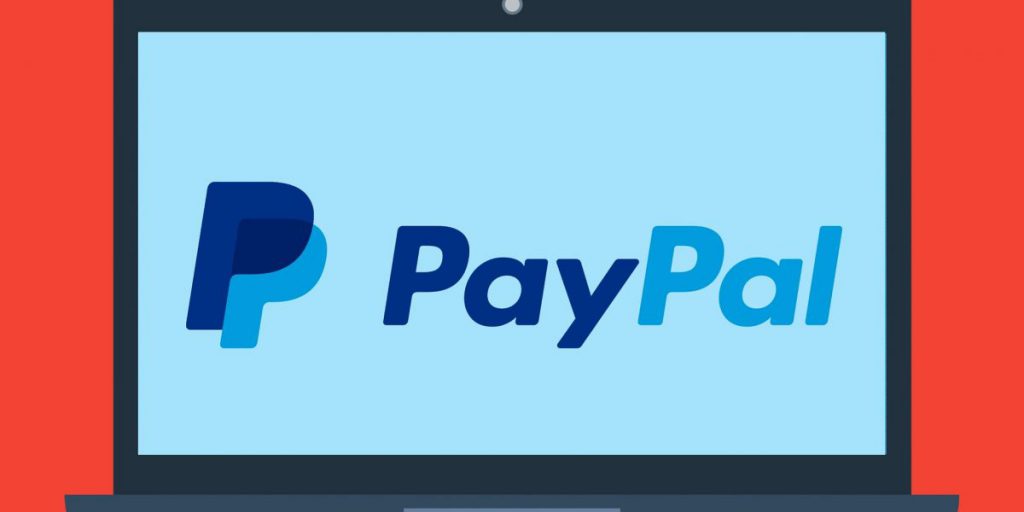- PayPal is keeping track of Ethereum, Polkadot, Solana, and Algorand for the blockchain that can best scale its payments technology.
- The firm also wants to support NFTs due to user demand but cites technical difficulties in buying these collectibles.
Online payments platform PayPal is now actively monitoring layer-one and layer-two platforms that deal with scaling payments. These include Ethereum, Polkadot, Solana, and Algorand. The payment provider is looking at how these networks and their currencies can fit into its plans for a scalable payments infrastructure.
In October last year, PayPal enabled buying, selling, and holding of four cryptocurrencies on the platform. These are Bitcoin, Ethereum, Litecoin, and Bitcoin Cash. In its latest Q3 earnings report, the firm promised to increase its future crypto offerings, and this seems to be where it is now headed. The stellar performance of cryptocurrencies has caused many payment channels to open their doors for cryptocurrencies. Among them are Visa, Mastercard, and now PayPal.
Speaking in a recent podcast. PayPal’s senior vice president and general manager of blockchain, crypto, and digital currencies, Jose Fernandez said the company’s decision to offer crypto services was fueled by several occurrences. One of them is the massive demand from consumers and merchants to use cryptocurrencies as a payment instrument. Another is the regulatory stance declaring the legality of the crypto industry. Fernandez said;
We thought that it was part of our responsibility to help in making this asset class more accessible to the public,
PayPal and cryptocurrencies
Talk in the crypto community has it that PayPal has plans to release its stablecoin. However, the company’s exec denied the rumors, saying the firm had yet to evolve to such proportions. He added that most stablecoins available are useful in trading or the decentralized finance (DeFi) sector. But while these are commendable use cases, PayPal is yet to find a stablecoin “that is purpose-built for payments.”
Instead, the payments firm is hoping to leverage blockchains that support scalable payments.
“I’m sure that if you ask me six weeks from now I could give you four or five different names. This is how exciting it is,” Fernandez remarked of the blockchain networks.
And other than digital assets and blockchains, PayPal has displayed interest in non-fungible tokens (NFTs). This is fueled by demand from the firm’s merchants and partners, especially those in the media industry.
Based on the analytics platform DappRadar, the NFT trading volume in Q3, 2021 was $10.67 billion. This represents a 704 percent increase from the previous quarter. Fernandez thinks there is “a role for us in NFTs.” However, technical complications in buying and holding NFTs discourage many from interacting with the sector.
The experience of buying an NFT today is the number of hoops that you need to go through.
This does not favor the “early adopter” or the “curious but not sophisticated user,” he adds.


